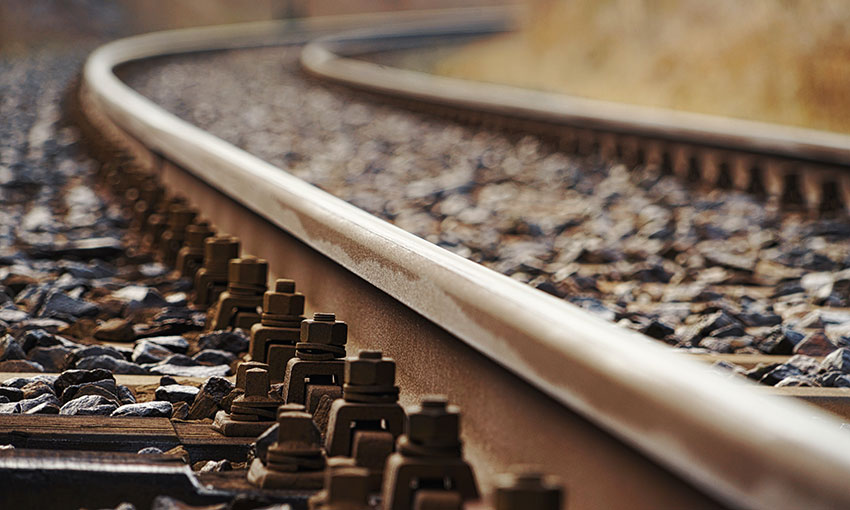IN THE face of global supply chain disruptions, volatile markets and a changing climate resulting in more intense weather events, federal and state governments can no longer neglect the condition and resilience of our interstate and regional railways. If they do, Australia’s future standard of living will be derailed.
After many decades of chronic government underfunding, large sections of our interstate and regional railways are in urgent need of major upgrades. Increasing volumes of bulk freight like grain, minerals and shipping containers are being transported by trucks, not trains, due to sub-standard rail infrastructure.
THE TRUE COST
When freight shifts from rail to road, it is Australians who ultimately pay the price. Communities suffer increased traffic congestion, vehicle emissions and road accidents. Taxpayers and ratepayers are forced to fork out more money to repair and maintain roads and highways. Regional exporters and farmers must pay more to get freight to domestic and international markets, blunting the competitive edge of our primary industries.
It adds costs across the national supply chain which Australian families then pay for at the supermarket checkout, adding to the financial pain they are feeling from inflation and rising interest rates.
Australian rail-freight companies are some of the best in the business, but the condition of the track infrastructure is letting operators and their customers down. Each year, billions of dollars in funding is hardcoded in federal and state government budgets to upgrade roads and highways, which then spurs on greater access for bigger and heavier trucks. Meanwhile, rail freight must pinch and scrape for every cent.
Through access charges, rail freight operators pay full freight to run on tracks plagued by pinch points, speed restrictions, weight limits, sections susceptible to frequent flooding, and a lack of passing opportunities on networks shared with passenger services.
THE LONG WAY AROUND
Last year, many key interstate railways were closed for extended periods. In January 2022, due to flash flooding in South Australia, the umbilical cord of steel track connecting the east and west coasts of our continent was down for almost a month. In October last year, the alternate east-west rail route from Sydney to Perth was closed between Parkes and Broken Hill due to flooding and associated track washouts [and reopened in January].
Pacific National continued to support customers by operating rail freight services between Sydney and Perth via Melbourne. However, this route took up to an additional 16 hours and was 400 kilometres longer than the usual route via Parkes and Broken Hill, leading to additional costs in labour, fuel, and access charges.
In the meantime, some customers were forced to divert freight from trains to trucks or foreign-owned cargo ships.
Imagine the understandable outrage from communities, commuters and the trucking industry if the Pacific, Princes, Hume, Newell, Great Western, New England, Bruce, Eyre or Stuart highways were closed for months on end.
Australia has a long and proud history of rail being at the heart of our economic development and social fabric. A resilient national rail network will help fast track Australia’s economic recovery from the Covid crisis and cushion the country from global supply chain shocks. Rail freight also represents a ready-made solution to help reduce emissions in Australia’s transport sector.
For the sake of the nation, it is time we get freight back on track.
This article appeared in the February 2023 edition of DCN Magazine







